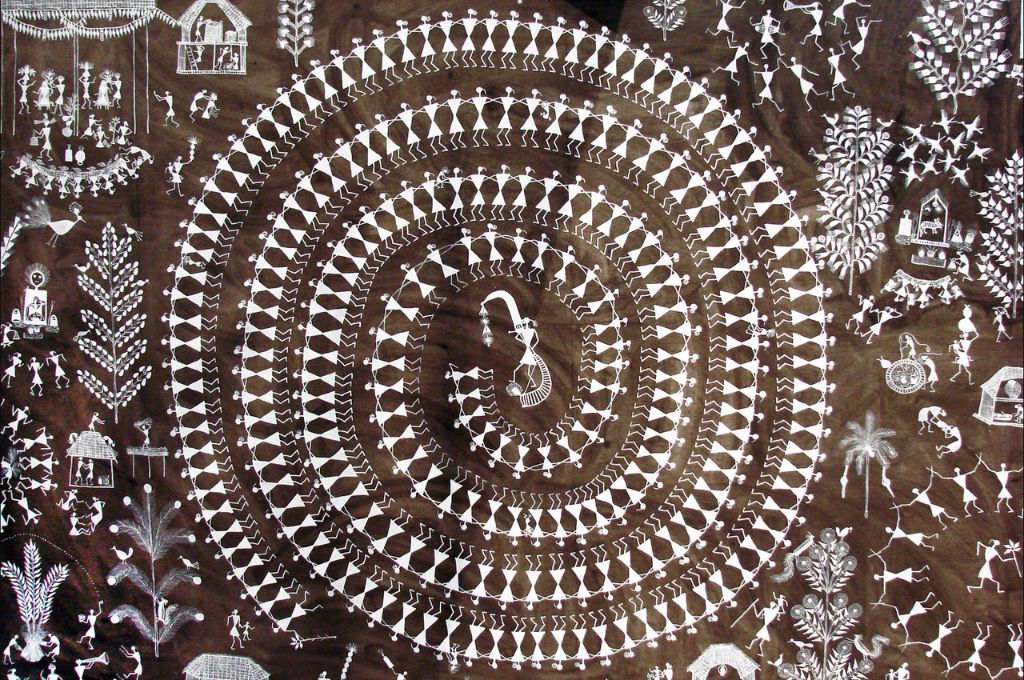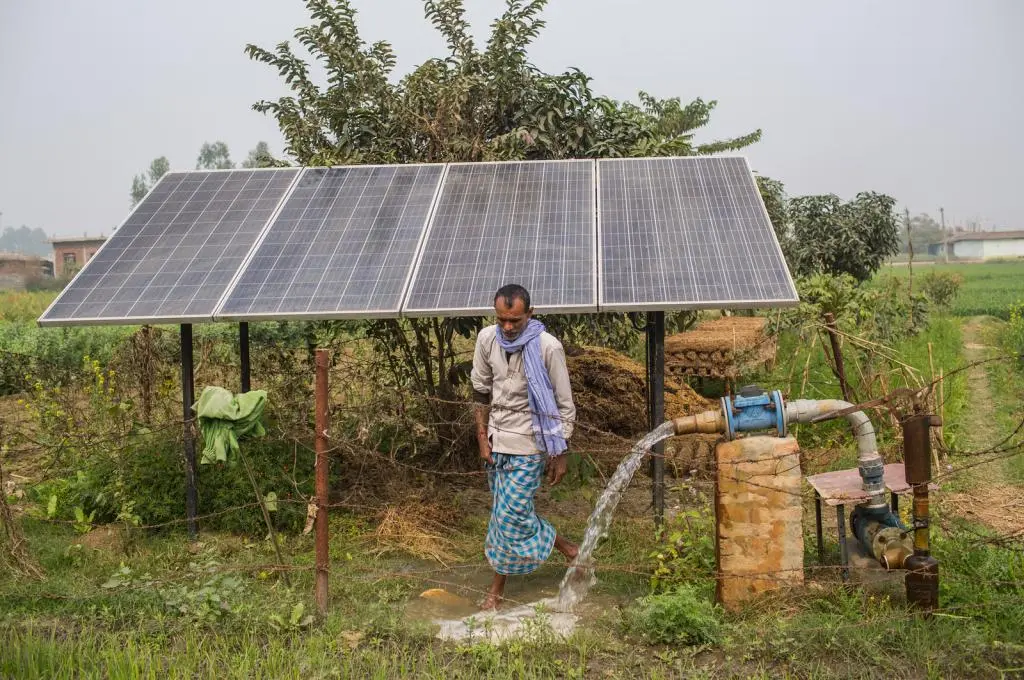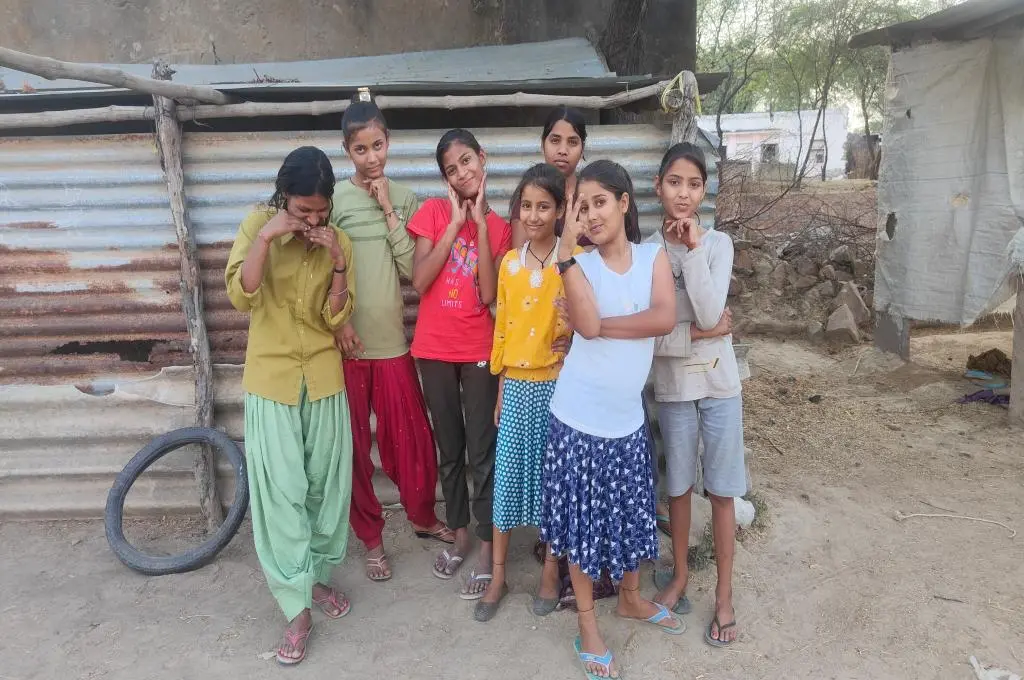The Global Risks Report 2023 by the World Economic Forum highlights a world facing a polycrisis, where numerous interconnected challenges—both old and new—threaten global stability. Prominent among these challenges is the climate crisis. The report highlights how despite years of climate diplomacy and advocacy, rising geopolitical tensions and economic pressures have impeded—and in some cases reversed—progress on climate change mitigation. This slowdown in turn will increase risks to human health and survival and intensify pressure on natural resources, further exacerbating the climate crisis.
The interconnected nature of the energy, economic, and political systems creates a complex web of dependencies—any change in one area affects the others, setting off a domino effect. This is where systems thinking can prove to be a vital tool. It can help examine the interdependencies between climate change and various social, economic, and political factors, and the underlying structures at play.
What is systems thinking?
In his book The Fifth Discipline, systems scientist Peter Senge defines systems thinking as “a framework for seeing interrelationships rather than things, for seeing patterns rather than static snapshots. It is a set of general principles spanning fields as diverse as physical and social sciences, engineering and management.”
Barry Richmond, a systems thinking guru, explains that people who embrace systems thinking must be able to see both the forest and the trees, with one eye on each.
In the context of climate change, a systems thinking approach refers to understanding and predicting people’s response to the crisis by exploring the factors and vulnerabilities that influence them. It involves simultaneously seeing the overall climate picture and how it intersects with health, gender, livelihoods, and other sectors–this helps achieve a more comprehensive understanding of the issue.
Aman Srivastava is coordinator, climate policy at Sustainable Futures Collaborative, a research organisation that works on issues related to the climate crisis and the energy transition. According to Aman, there are two perspectives to consider when approaching systems thinking in the context of the climate emergency—the physical perspective and the transition perspective.
From a physical perspective, systems thinking is about how one climate effect can impact multiple systems. “We know that one consequence of global warming can lead to others. For instance, the melting of polar ice can influence ocean salinity, among other things. This, in turn, can disrupt ocean currents, thereby impacting weather systems, rainfall patterns, and more. These changes will likely affect economic sectors such as agriculture and hence farmer incomes and food security. The resulting variability in crop output will necessitate the import and export of food grains, and, consequently, alter international trade patterns”. Essentially, the reverberations of one climate effect can be felt across weather, agriculture, livelihoods, health, and trade.
A transition perspective looks at climate policy. It helps us understand how policy targeting one sector can have multiple spillover—and possibly unintended—impacts. This is particularly critical when engaging in discussions about reducing India’s future reliance on fossil fuels such as coal. For example, Aman explains, phasing out coal could directly affect rail freight revenues. He shares that Indian Railways currently subsidises passenger fares through its freight revenue, approximately 44 percent of which is earned through transporting coal. When the production and transport of coal decrease, so will the Railways’ revenues. This will limit its ability to subsidise passenger fares and could cause them to become more expensive, possibly triggering reductions in travel and changes in migration patterns. And this, in turn, can result in shifts in the economic and demographic landscape of various regions, which would require us to rethink urban planning, employment generation, and other policies.
According to Vinuta Gopal, CEO of ASAR Social Impact Advisors, understanding these interlinkages is critical as India works towards its net-zero goals and transitions to clean energy solutions while also building the resilience of its people, ecosystems, and economy. ASAR is a research and consultancy organisation that facilitate collaboration between various stakeholders in climate change–related fields.
“As we build out new policies and schemes, we need to start thinking much more about how to plan to avoid the worst, rather than build now and say, ‘We can then solve the problem at a later stage,’— because we’ve already reached the stage where the problem is larger than what we can solve. We therefore have to adopt an intersectional approach.”
By adopting a more holistic perspective, we can be better equipped to anticipate these shifts and prepare responses effectively.

Adopting systems thinking for climate: What will it take?
It’s clear that to tackle a problem that is as complex as climate change and has several developmental implications, everyone involved—governments, businesses, and civil society—should think about the bigger picture, connect the dots between different aspects, and adopt a systems thinking approach.
Here are some suggestions that offer a good starting point to transitioning from siloed approaches and adopting a more systemic approach to India’s climate thinking:
1. Incorporate local intuition and knowledge into systems tools
Researchers often employ certain frameworks and tools to incorporate a systems thinking lens in their practice. These include causal loop diagrams, feedback loops, systems mapping, systems dynamics modelling, and participatory group modelling. Introducing these tools to communities and grassroots nonprofits could be a crucial first step. These stakeholders often deal with whole systems all the time and their proximity to the ground enables them to have a deep understanding of the various interconnected parts.
“We don’t need to tell communities close to the ground how everything is interconnected. What might be helpful is to use these tools to help formalise their intuition and thinking,” says Ulka Kelkar. Ulka is executive director, climate at World Resources Institute India, a research organisation that works at the intersection of the environment and economic development.
One of the ways this knowledge transfer could be brought about is by using these tools to explore the problems and solutions with impacted stakeholders. For instance, systems mapping helps understand the different entities that make up a system and how they relate to each other. When this is done with participation from a diverse set of stakeholders, it can lead to more effective and comprehensive solutions, versus one developed by somebody coming in from outside with a top-down intervention.
Ulka illustrates this with an example of a study on the flooding in the upper Brahmaputra basin, in which a group model building activity engaged diverse stakeholders to collectively comprehend and tackle the complex issue. Over a four-day workshop in Guwahati, Ulka and Navarun Varma, senior lecturer at the National University of Singapore, brought together policymakers, government officials, technical experts, academicians, and the local community, which included a mix of upper-caste farmers and the local Mising people.
Ulka recounts the integral role that bringing together different stakeholders played in the process. “For the first time, we had all of these groups in the room. On the first day, we presented some technical information, some context, and our own understanding of the issue. Then we broke them (everyone present) into different groups and talked them through a systems mapping approach. The participants were then asked to make their own models of the flooding and diagnose the problem through their points of view, which they then presented to each other. There was an open discussion, and of course there were disagreements, but also revelations. In fact, many of them revised their models and added a component that they had learned about from the other group.”
2. Build an ecosystem that fosters collaboration
Providing access to tools like systems mapping isn’t just about building awareness about systems thinking. We need to go one step further to formalise insights from communities and several different entities. To do this, continuous dialogue between all these diverse stakeholders is key.
Organisations working on intersectional issues—including media outlets, research organisations, large nonprofits, philanthropies, and the government— have a broader perspective of the entire system, as well as the resources to facilitate some of these crucial conversations.
For example, knowledge platforms such as the Climate Futures Project carry comprehensive insights on how socio-economic, political, and economic factors impact policies. Similarly, media houses can give insights into policy implementation in different regions. Additionally, these organisations can provide support to other organisations in the ecosystem through convenings, trainings, and forums.
ASAR, for instance, focuses on building the capacity of many small organisations working as close to the ground as possible. According to Vinuta, they do this because not only are these organisations directly connected to people’s needs at the grassroots but they also interact with government systems and businesses regularly.
“We are further trying to connect them to policymaking organisations so that policy is informed by an actual sense of what’s required from the ground. We also build feedback loops once the policies are implemented”, she says. “But for collaboration to truly happen, these ecosystem builders should not be gatekeepers—everyone should have access to the knowledge, tools, and people in the ecosystems,” Vinuta adds.
3. Think beyond economic modelling
A key tool used by governments and think tanks in addressing climate-related challenges is the use of emissions economy models. These models simulate economic systems, taking inputs such as GDP growth rates, technology costs, population, and urbanisation trends, to project outputs relating to emissions, energy mix and use, and incomes. The goal of such models is to help policymakers visualise potential future outcomes based on mixes of various policies and targets.
But a narrow use of these models may fail to account for a wide range of uncertainties that might unfold in the future, such as global pandemics or shifts in India’s socio-economic structures.
Aman explains this with an example. “Consider a model that indicates that, under specific conditions, achieving a particular outcome requires a defined level of coal consumption and corresponding investments. Policymakers could risk taking those as fixed targets without recognising that they are conditional upon a large set of development-related factors.”
Therefore, instead of just thinking about modelling and its results, Aman says that policymakers and scientists working with models also need to think beyond the ‘what’ questions (What are the technologies that can help the climate crisis? What is the capacity that we need of renewable energy?) and emphasise the ‘how’ questions (How can we model better? How can we integrate systems thinking better?).
This can only be possible through continuous dialogue with other partners who are seeing interventions play out on the ground. People are uniquely vulnerable to change, and the underlying social, economic, or biophysical vulnerability of a place or community must be considered while formulating policies to address the same.
4. Expand what we consider as ‘outcomes’
The recommendations stemming from a systems thinking approach can be fairly wide-ranging. They may not be clear-cut tech solutions or structural, hard engineering ones. Instead, they could be different types of ‘softer’ developmental actions that involve reducing the underlying vulnerabilities, and the effects of which can only be seen over longer timeframes.
“When you take this kind of approach, which is clearly a very thoughtful one, the recommendations can often be very development-oriented rather than climate change–specific. They could range from reducing poverty and improving education to improving institutional governance, and more,” says Ulka.
It becomes difficult, however, to disentangle different problems and solutions and trace this entire web of connections back. For instance, climate organisations relying on funding may face limitations in partnering with or sub-granting to other non-climate nonprofits (such as those working on health or skilling issues), because they have to stay within the thematic scope defined in their founding documents.
What can also help is changing what funders consider impact.
However, non-climate organisations do not necessarily have to change what they’re doing completely. Instead, they have to see what they’re doing through the lens of how the sector/domain in which they work is gong to be affected—what the climate crisis is going to mean for them—and align their actions accordingly.
What can also help is changing what funders consider impact. Funders have a set definition of impact, which also informs how organisations report it. So, it can also help to redefine both impact and reporting requirements. This shift can be encouraged through demonstrations and case studies of how systems thinking approach has led to better outcomes.
Ulka shares the example of when randomised control trials (RCTs) first started gaining recognition as a tool for policymaking. There were clear examples of how RCTs led to more targeted solutions. Michael Kremer, Abhijit Banerjee, and Esther Duflo, who won the 2019 Nobel award for their work on RCTs, demonstrated the impact of the approach in various development contexts in Kenya and India. “Similarly, we need to showcase use cases of a systems thinking approach. Philanthropy and funders can play a vital role in supporting these demonstrative examples to encourage adoption of a systems thinking approach,” Ulka adds.
In a rapidly growing country like India, adopting a systems thinking approach is becoming imperative. This is because it isn’t climate alone that is changing; the climate crisis is also impacting people’s living conditions, livelihood opportunities, consumption of goods and services, and land and water use, among other things. Despite this, a large portion of climate discourse is focused on climate mitigation, reducing emissions, and developing renewable energy alternatives. Although critical to solving the climate crisis, these solutions are often devised in isolation, without taking into account the economic and political ecosystems.
By considering the interconnectedness of environmental, social, and economic systems, all organisations—and not just the ones working on climate—can identify areas where they can make meaningful changes to mitigate the effects of climate change and contribute to sustainability efforts.
Smarinita Shetty contributed to this article.
—
Know more
- Read this blog on how systems thinking can help achieve food security in India.
- Read this article on why the social sector needs a system for systems thinking.
Do more
- Explore the En-Roads simulator, which demonstrates the long-term effects of the global climate policies by allowing users to test alternate scenarios.





